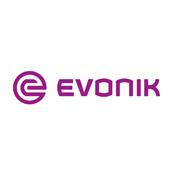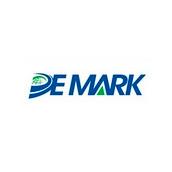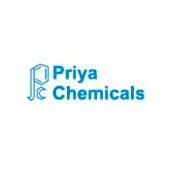Vitamin and Trace Minerals: A Survey of Current Feeding Regimens
Large differences in the values of vitamin and trace element supplements (especially the latter) are not unexpected. 1. the NRC requirements are set with a view to ensuring minimum physiological needs. However, they are not justified precisely enough, which is probably not possible ( see: - Underwood and Suttle, 1999, and many others). 2. It is impossible to choose any single criterion, which confirms the optimal level. 3. Important background feeding, which is used to determine the norms of the need for trace elements.
Therefore, in specific cases, researchers and practitioners may be right, but their results cannot be extended to all cases. Similar work was carried out in 2002 by company "Provimi" , and we came to similar conclusions (the results were not published – it was official material).
Unfortunately, this is a reality to accept, and of course, as often in life, mistakes are not excluded.
I often find that levels of vitamins are driven higher each year by the Vitamin Supply Companies in Europe and Inorganic Trace Element levels of some Trace Elements are driven lower to be replaced with Organics. Is this sound advice to be doing this or is this being driven for continual profit seeking?
Love this and it's related to my interest in research, only I am into monogastric and different line of nutrients.













.jpg&w=3840&q=75)